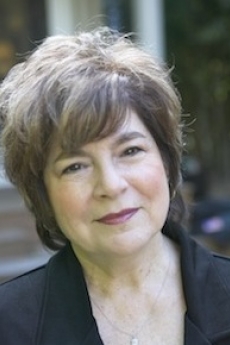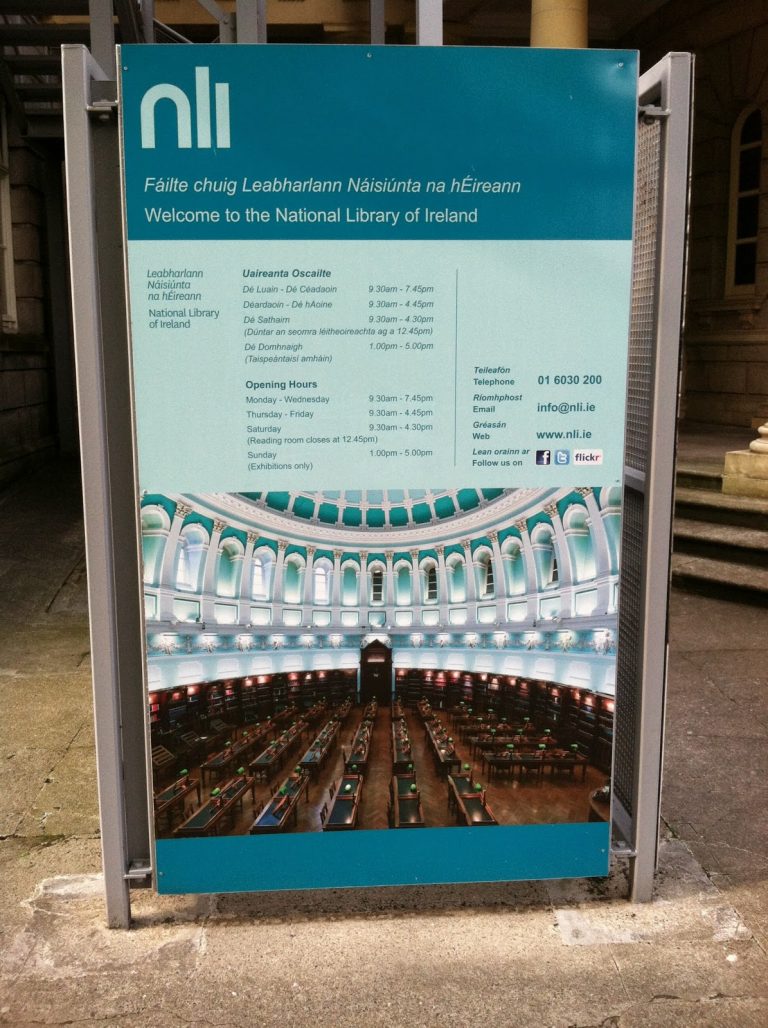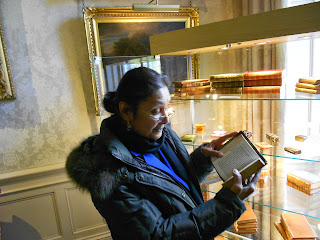“American Girls” by Jane Shore
from the latest edition of the GW student publication le culte du moi
American Girls
by Jane Shore
The first of the dolls she asked for
was Addy, a Negro slave escaped from the Civil War.
Addy arrived at Emma’s sixth birthday party
wearing her historically accurate dress,
drawers, stockings, cap-toed boots,
and carrying a paperback copy of Meet Addy.
But Addy’s kerchief, her “half-dime
from Uncle Solomon,” her cowry shell,
her authentic Underground Railroad maps
and what the catalogue calls “the traditional
family recipe for sweet potato pudding,”
and the hardcover book—they cost extra.
Our daughter didn’t get them, and she didn’t get
the wooden hobnailed trunk to store them in.
Catalogues were coming every month now.
We didn’t want to spoil her,
but on Emma’s seventh birthday
a Victorian orphan joined the family:
Samantha, who’d lived in a mansion and slept
in an easy-to-assemble brass-plate four-poster bed.
Samantha let Emma remove her checked
taffeta dress and slip her into her pink-ribboned,
lace-ruffled nightgown and matching bloomers,
and tuck her into her bed—
on the floor at the foot of Emma’s bed—
beside Addy’s authentic rope bed
that cost more than any actual Addy’s actual bed
would have cost, if Addy’d actually had one.
The next morning, poring over the catalogue,
Addy and Samantha started fighting
just as real sisters might.
Fought over who should wear the
who would wear the genuine sterling silver
Star-of-David necklace,
tearing each other’s hair out over
the red silk Chinese pajamas, and who’d get to keep
the brass gong and pretend firecrackers
after the Chinese New Year’s celebration was over;
they fought over the ballerina tutu,
hula skirt, Girl Scout uniform,
items introduced to the catalogue
when the “American Girl of Today” was born.
custom-made ourselves a “Girl of Today.”
We chose from (blonde, red, brunette, black)
(straight or kinky) hair to brush
and braid, wash and set, chose
her eye color and skin tone from the
(Hispanic-American, African-American,
Asian-American, Caucasian) models shown,
and created a brown-eyed, brown-haired,
huggable, “unique one-of-a-kind original.”
Just like Emma, our own little girl.
The minute she got her doll, Emma
named the new doll “Emma,” and typed
her “life story” on her mini make-believe Mac.
as she’d grown tired of her other “girls,”
leaving them on their respective beds,
where they closed their variously-shaded brown eyes
and slept the half-sleep of the undead—
toys on their way to becoming heirlooms—
only to be roused for a makeshift tea party
when a younger child came to visit.
Yet I often long to play with “Emma,”
who was such good company, after all,
and who lies unkempt, ear to her “boombox,”
on the top bunk of her bunk bed.
I wish I could brush her life-like hair,
wipe her face and dress her up again.
New catalogues keep arriving in the mail.
Though Emma has lost interest, I can’t resist
paging through things to buy (camisa, mantilla)
for Josefina (with a Spanish J)
who lived on a rancho in
and comes with her own line of furniture…
I’m afraid I’ll have to pass on her
and on all future “Girls of Tomorrow,”
who have yet to step onto the assembly line’s
long Fallopian tube of Time;
the girls my daughter’s daughter’s daughters—
whose faces I’ll never see,
whose names I can’t imagine—
will carry—as I once carried mine.
Jane Shore is a professor of English at GW, a world renowned poet, and a popular teacher of creative writing.




